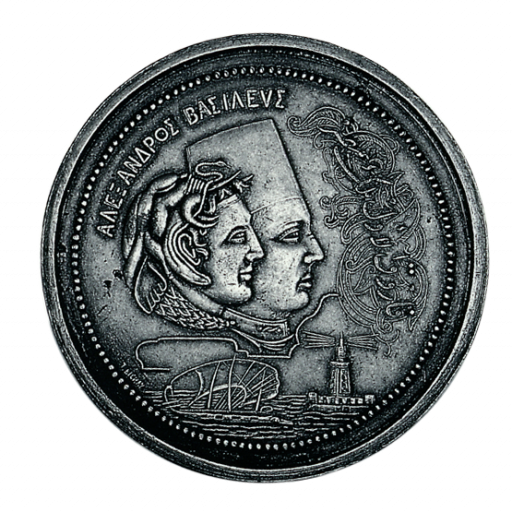Islamic Art and Decoration
From little more than a crude scrawl on a cave wall, art developed to a high level of refinement in the regions of Mesopotamia, the Nile Valley and the Levant, at Ebla. The influence of these early Near-Eastern civilizations can be seen in examples of Greek and Roman art. Phoenician, Roman, Byzantine, Coptic and Ethiopian elements, as well as Arabic decorative patterns, were known throughout Arabia before the advent of Islam. At the dawn of Islam, Arab craftsmen used these and other patterns that had been swept along on the tides of political and cultural change. The invasion of Persia, by Alexander the Great, for example, helped to spread Hellenistic art throughout western Asia.
During the early Islamic period, the Sassanid style was prevalent in the East, and Coptic, Byzantine and Hellenistic styles were dominant in Egypt and Syria. In the seventh century, the Persian Empire fell to the conquering armies of the Muslims, as did many important regions belonging to the Byzantine Empire. Magnificent gold and silver treasures consisting of jewellery, ingots, coins and other precious artefacts from the conquered lands fell into Muslim hands, as did the mines from which precious metals were extracted. Moreover, the Islamic state took control of – and encouraged – commercial exchange with African gold merchants arriving from the Sahara. In addition, Byzantine gold coins arrived through commercial exchanges with Europe. There was an abundance of resources for the production of jewellery and the minting of coins.

The skills and artistic traditions of local craftsmen were digested by their Muslim conquerors, who encouraged the development of indigenous art within a framework of Islamic values and traditions. Thus, the artistic styles of the Sassanid, Byzantine, Copt, Arab, Amazigh, Indian and Chinese civilizations, which flourished before their exposure to the religious and cultural forces of Islam, in turn influenced the evolution of art forms among the Muslims. During the initial formative period of Islamic art, at the time of the Umayyad dynasty, similarities existed between pre-Islamic and Islamic craftwork. The use of metals with certain decorative techniques dated back to pre-Islamic times. In fact, such techniques survived until as late as the third century AH (ninth century AD), making it difficult for experts to attribute many of the earlier pieces to the Islamic period with any certainty, and many historians consider such antiques to be the link between Islamic art forms and those that influenced them.
During the subsequent period, in the development of Islamic art Muslims adapted different cultural traditions until they eventually arrived at a distinctive style of their own. This new style became the basis of Islamic art, whose aims, patterns, materials, themes and forms continued to evolve through the ages. Islamic art forms developed further during the reign of the Abbasid dynasty and, as a result of the Abbasid presence in a number of neighboring Islamic states, new techniques were discovered and highly innovative products emerged.

